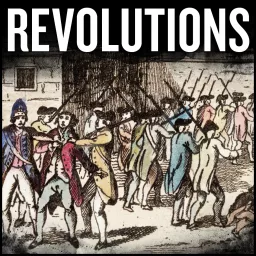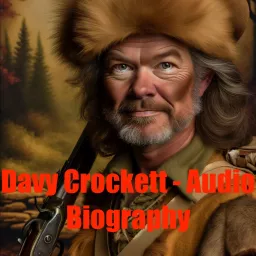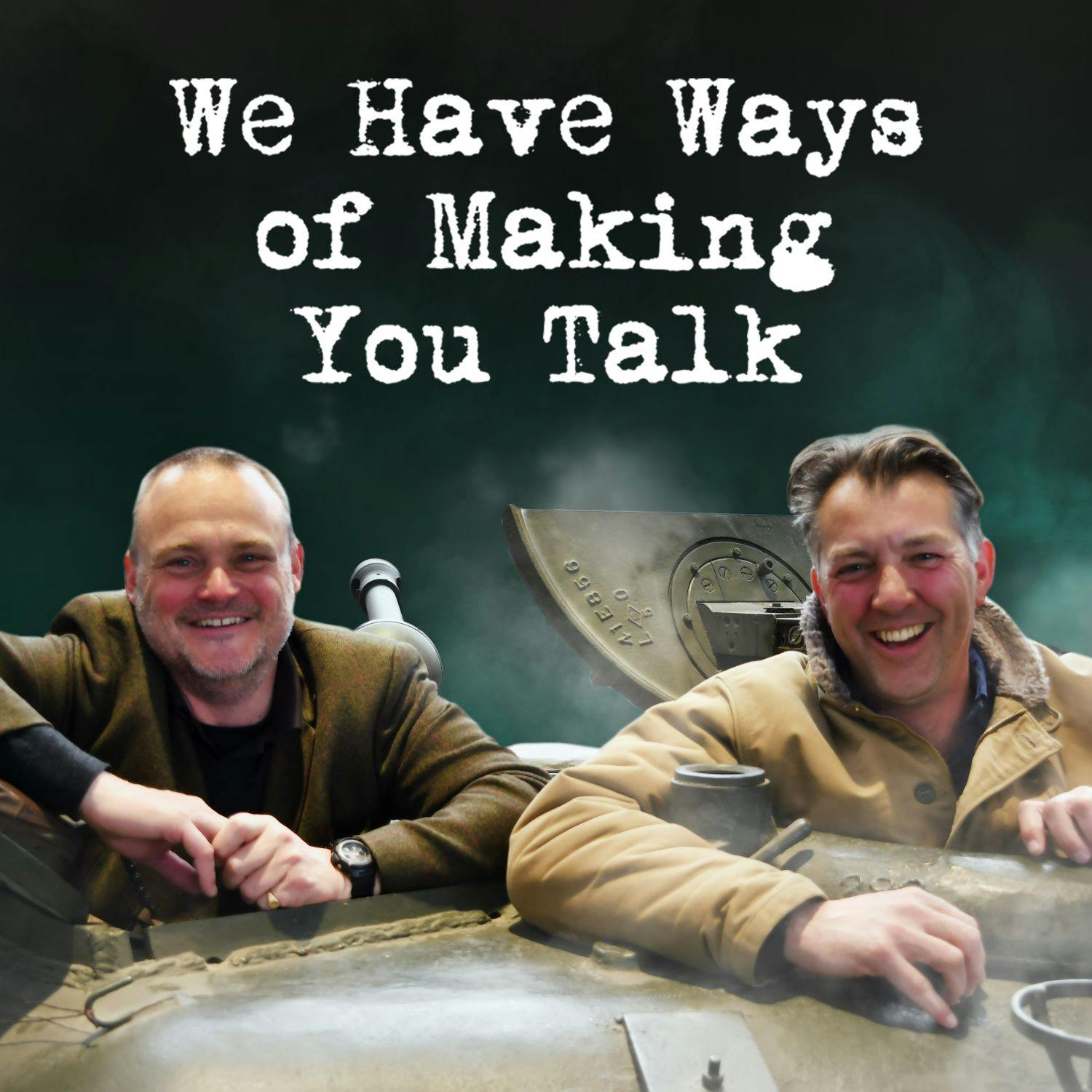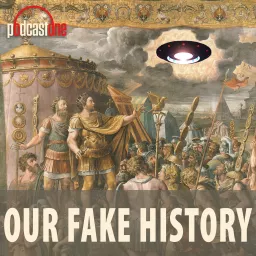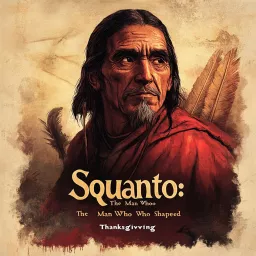Silent Night: The Story Behind The Song
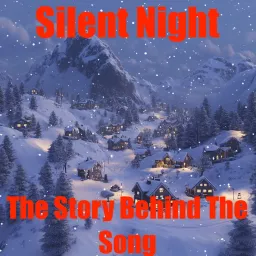
Few songs in the history of music carry the universal appeal and emotional resonance of "Silent Night." Known as "Stille Nacht" in its original German, this timeless carol has been sung in over 300 languages and continues to unite millions in peaceful reflection during the Christmas season. Behind its beautiful melody and serene lyrics lies a remarkable story of ingenuity, faith, and an accidental start that forever changed the musical landscape of the holidays. Its origins are humble yet profound, born from necessity and the desire to create something special for a small community during a particularly cold winter night in Austria. The year was 1818, and Europe was still recovering from the Napoleonic Wars. Small towns and villages like Oberndorf bei Salzburg, where "Silent Night" was written, were experiencing poverty, political upheaval, and uncertainty. Against this backdrop, Joseph Mohr, a young Catholic priest, served as the parish priest at St. Nicholas Church. Known for his deep compassion and poetic sensibilities, Mohr often found solace in writing verses that reflected his faith and hope for peace. Two years earlier, in 1816, Mohr had written a poem titled "Stille Nacht! Heilige Nacht!" while stationed in his hometown of Mariapfarr. The verses were simple yet poignant, depicting the birth of Christ as a moment of divine peace and serenity. Mohr had no idea that this poem would eventually become a cornerstone of Christmas celebrations around the world. At the time, it was simply an expression of his spirituality and a reflection of the beauty he saw in the story of Christ’s nativity. As Christmas Eve approached in 1818, Mohr faced a dilemma. The organ at St. Nicholas Church was reportedly broken, making it impossible to perform traditional hymns during the Christmas service. Accounts differ on why the organ was unusable—some suggest it was damaged by flooding, while others claim it had fallen into disrepair or even been chewed by mice. Regardless of the cause, Mohr needed a solution. He wanted the Christmas service to include music that would uplift his congregation, despite the challenges. Inspired by his poem, Mohr approached Franz Xaver Gruber, the local schoolteacher and church organist, with an urgent request. Mohr asked Gruber to compose a melody that could be performed with a guitar instead of the church organ. Gruber, a gifted musician, agreed to the challenge. In just a few hours, he created a simple yet hauntingly beautiful melody that perfectly matched the serenity of Mohr’s lyrics. That evening, December 24, 1818, "Silent Night" was performed for the first time during the Christmas Eve Mass at St. Nicholas Church. Mohr played the guitar and sang the melody, while Gruber sang harmonies. The congregation, hearing the song for the first time, was deeply moved. Its peaceful tone and heartfelt lyrics resonated with the small community, offering a moment of solace and spiritual connection in a time of hardship. What happened next was nothing short of remarkable. The song might have remained a local treasure, known only to the small parish in Oberndorf, had it not been for the efforts of the traveling organ builder Karl Mauracher. While repairing the organ at St. Nicholas Church some time later, Mauracher came across the sheet music for "Silent Night." Struck by its beauty, he began sharing it with other churches in the region. From there, the carol spread like wildfire, gaining popularity throughout Austria and beyond. The Tyrolean folk singers known as the Strasser and Rainer families were instrumental in bringing "Silent Night" to a wider audience. These traveling performers introduced the carol to German-speaking audiences across Europe during their tours. By the 1830s, the song had reached Germany, and in 1839, it was performed in the United States for the first time by the Rainer Singers at New York City’s Trinity Church. Its universal message of peace and hope resonated deeply with audiences, regardless of their language or cultural background. As the carol’s fame grew, its origins became the subject of intrigue. For many years, "Silent Night" was thought to be a traditional folk song, with its composers remaining anonymous. It wasn’t until decades later that researchers traced its authorship back to Joseph Mohr and Franz Xaver Gruber. Their contributions were finally recognized, cementing their place in history as the creators of one of the most beloved songs of all time. The enduring appeal of "Silent Night" lies in its simplicity and universality. The melody, gentle and unassuming, allows the lyrics to take center stage. The words evoke a sense of peace and reverence, painting a vivid picture of the nativity scene while also conveying a timeless longing for harmony. Its themes of love, hope, and divine light are as relevant today as they were two centuries ago, making it a carol that transcends religious and cultural boundaries. During World War I, "Silent Night" became a powerful symbol of peace. On Christmas Eve in 1914, during the famous Christmas Truce, German and British soldiers along the Western Front laid down their weapons and sang the carol together. In the midst of one of history’s most brutal conflicts, the song provided a moment of humanity and connection, reminding both sides of their shared values and longing for peace. Today, "Silent Night" is an integral part of Christmas celebrations around the world. It has been translated into hundreds of languages and performed by countless artists, from opera singers to pop stars. Each rendition brings its own interpretation, yet the core message remains unchanged. Whether sung by a soloist with a guitar or by a full choir in a grand cathedral, the carol continues to inspire awe and wonder. In Oberndorf, the legacy of "Silent Night" is celebrated with great pride. The original St. Nicholas Church no longer stands, but a memorial chapel now marks the site where the carol was first performed. Each year, visitors from around the world gather in Oberndorf to honor the song’s origins and its enduring message of peace. Joseph Mohr and Franz Xaver Gruber could never have imagined the impact their collaboration would have. What began as a humble effort to create music for a small parish grew into a global phenomenon, touching hearts across centuries and continents. "Silent Night" reminds us of the power of music to bring people together, to provide comfort in difficult times, and to inspire hope for a better future. As we sing "Silent Night" each Christmas, we join a tradition that spans generations and borders. It’s a reminder of the simple yet profound message at the heart of the holiday season: peace on earth and goodwill to all. In its quiet beauty, "Silent Night" continues to shine as a beacon of unity and grace, proving that even the smallest acts of creativity and faith can leave an everlasting legacy. What elevates "Silent Night" beyond other holiday music is its deeply human story. It was created not by well-funded professionals but by two ordinary men moved by a desire to spread joy and connection. The song’s rise to global prominence underscores how something small—a hastily composed carol performed in a rural church—can have a monumental impact. It’s a testament to the timelessness of genuine artistry and the universal need for hope and peace, particularly during life’s most challenging moments. The 1818 debut of "Silent Night" remains a defining moment in music history, not because of its grandeur, but because of its simplicity and authenticity. That Christmas Eve Mass in Oberndorf must have been filled with a special kind of wonder as the congregation heard the now-iconic melody and words for the very first time. It’s easy to imagine how the song’s peacefulness might have contrasted with the hardships of everyday life, offering a moment of transcendence and unity. Generations later, "Silent Night" still serves that same purpose. Its lyrics call for reflection, its melody calms the spirit, and its history reminds us of the remarkable power of creativity born from necessity. Whether sung in a small family gathering, a bustling city square, or a quiet candlelit church, "Silent Night" continues to bring people together, carrying with it a message of love, faith, and enduring peace that never fades. It is, quite simply, the song of Christmas itself. This has been a Quiet Please production. Head over to Quiet Please dot A I to “Hear What Matters”

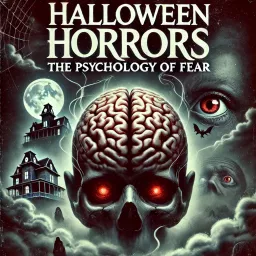



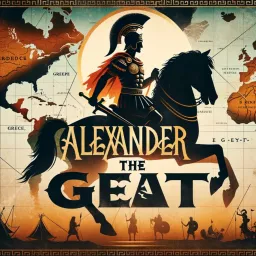
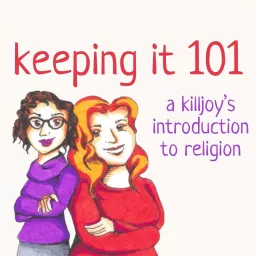

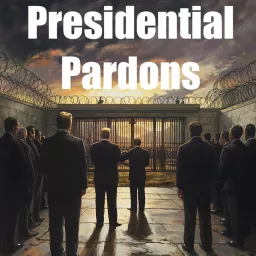


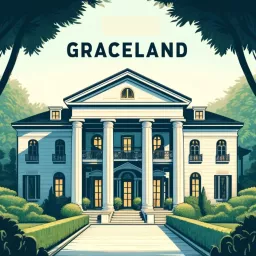
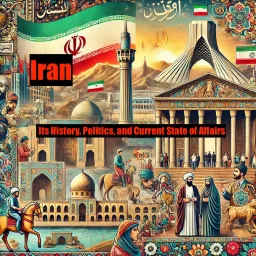

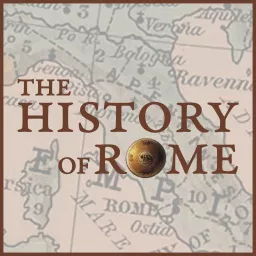


![[REDACTED] History [REDACTED] History](https://podcastaddict.com/cache/artwork/thumb/4093402)

